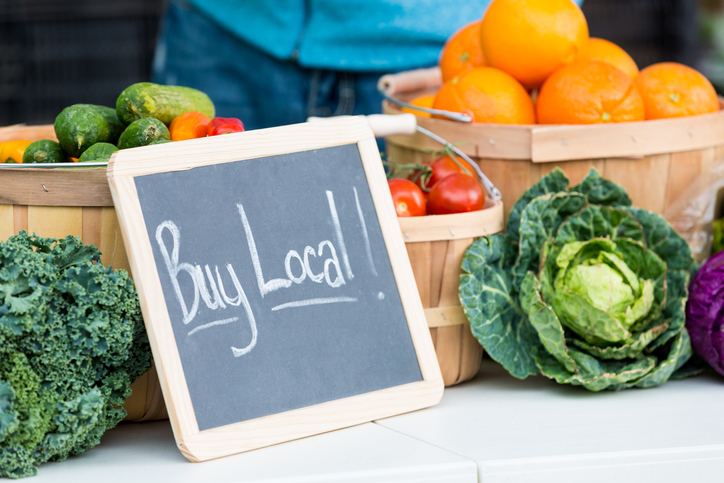Fresh. That is what customers expect now.
60 years ago, customers were just astounded by the concept of ‘fast food.’ Taking a frozen ground beef patty that was made in Omaha, Nebraska, and is now being cooked in front of my face in Los Angeles, Miami, Indianapolis, Boston or whatever city in the United States, was a marvel of the time. Actually, it was more of mystery. Customers did not know how beef, chicken or vegetables were processed, packaged or transported. And frankly, people still do not know the details. Or rather, do not want to know.
With the recent age of technology and information sharing, the ingredient sourcing industry and restaurant industry have both come under scrutiny. Not only for the way ingredients are sourced and processed, but also where.
Have you heard of the term, ‘farm-to-table?’ In 2015, according to the National Restaurant Association, the farm-to-table movement was named “four of the top ten trends” related to local foods.

What is ‘farm-to-table?’
It is a movement to that promotes serving locally sourced foods in restaurants, in schools and/or at home. Essentially, it means buying and supporting local economies. Thinking about buying beef from Tyson Foods supplier or a local cattle farmer in the next county over? Buy the local beef. The act of cooking and serving it to customers is the definition of farm-to-table. Buy something local and serve it to the community it was raised.
In the past couple years, this movement has really take off. Especially in 2017, with big chains like Chipotle, Lyfe Kitchen, Elevation Burger, Tender Greens and many others making the change to serving only local, organic or fresh food. And that trend will not be stopping any time soon, especially with the news of a food powerhouse switching over to fresh: McDonalds.
Yes, you read that correctly. McDonald’s is now serving fresh beef quarter-pound burgers made to order in about 3,500 restaurants, with plans to add them to nearly all of its 14,000 U.S. locations over the next couple months. With slumping sales and increased competition, most notable from Wendy’s and Chipotle, McDonalds needed to change their strategy. And offering fresh was the answer.
By converting a powerhouse like McDonalds over to fresh, what ripple effects will this have on the fast-food, fast-casual and overall restaurant industry?
As an owner/operator, have you thought about sourcing local ingredients? If not, you should. It can do wonders for your marketing and show that your restaurant is supporter of the community.
Deep down, people are proud of where they come from, and what better way to show that pride than with food grown in their community. ‘Check-in’ at the farms where ingredients are sourced. Use live-video feed from Snapchat, Instagram or Facebook Live to show followers and fans how you pick what your restaurant serves. The possibilities are endless. The important thing to remember is to be authentic. It goes a long way.
Interested in upgrading your POS system, schedule a demo with our friends, Custom Business Solutions, and see how the NorthStar Order Entry System can help you!
